Varroa mites were detected in two of six sentinel hives at the Port of Newcastle, NSW, on 22 June. As of the latest official update on 29 July, there are now 53 known infested premises across central-eastern and north-eastern NSW.
Varroa mites are pinhead-sized external parasites of honey bees and widely considered to be the most serious honey bee pest globally. It took just 50 years for the mite to spread around the world, and Australia was the last major honey-producing country free from varroa mites until the detection in June.
The NSW Department of Primary Industries has launched a state-wide emergency response consisting of zoned restrictions around known infested areas and is eradicating all commercial, hobby and feral honey bee hives within the area.
While authorities remain hopeful that varroa mites will be eradicated, their arrival in NSW is a perfect example of how Australia’s biosecurity system is struggling to withstand the challenges it’s up against.
As our CEO Andrew Cox told ABC News, ‘[w]e’re just seeing constant breaches of new pests and diseases and weeds. … We’ve got recent incursions of banana freckle, last year we had the shot-hole borer in Perth and … we’ve got foot-and-mouth, and even lumpy skin disease, just to the north of us’.
So what’s coming next?
Varroa mites aren’t the only invasive species that has recently broken through our borders. Polyphagous shot-hole borers, African black sugar ants and Japanese encephalitis have all been newly detected in Australia since 2020. All are symptoms of a national biosecurity system under stress.
And if they’ve made it through, what other pests should we be concerned about?
Our recent Insect Watch work with Monash University was the first time scientists (Australian and international) comprehensively assessed which invasive insects are doing the most environmental harm overseas. Since evidence for harm elsewhere in the world is the most reliable way of predicting potential invasion impacts, we can use that to identify invasive insects that could threaten Australia’s natural environment should they breach the nation’s borders.
Here are five insects we definitely want to keep out of Australia.
European fire ants (Myrmica rubra)

Native to parts of central and northern Europe, they have since spread to other European nations, North America and Japan.
European fire ants can reach extremely high densities, at which point they reduce other insects, displace native ants, attack small mammals and nestling birds, spread weed seeds and sting people and their pets, sometimes to the point of requiring medical care.
Should they arrive on Australian shores, stopping their spread will primarily be a matter of managing the transportation of material they are inhabiting, including pot plant soil and mulch. Left unchecked, they could become a major pest of yards, parks and bushland throughout the cooler parts of Australia.
Tawny crazy ants (Nylanderia fulva)
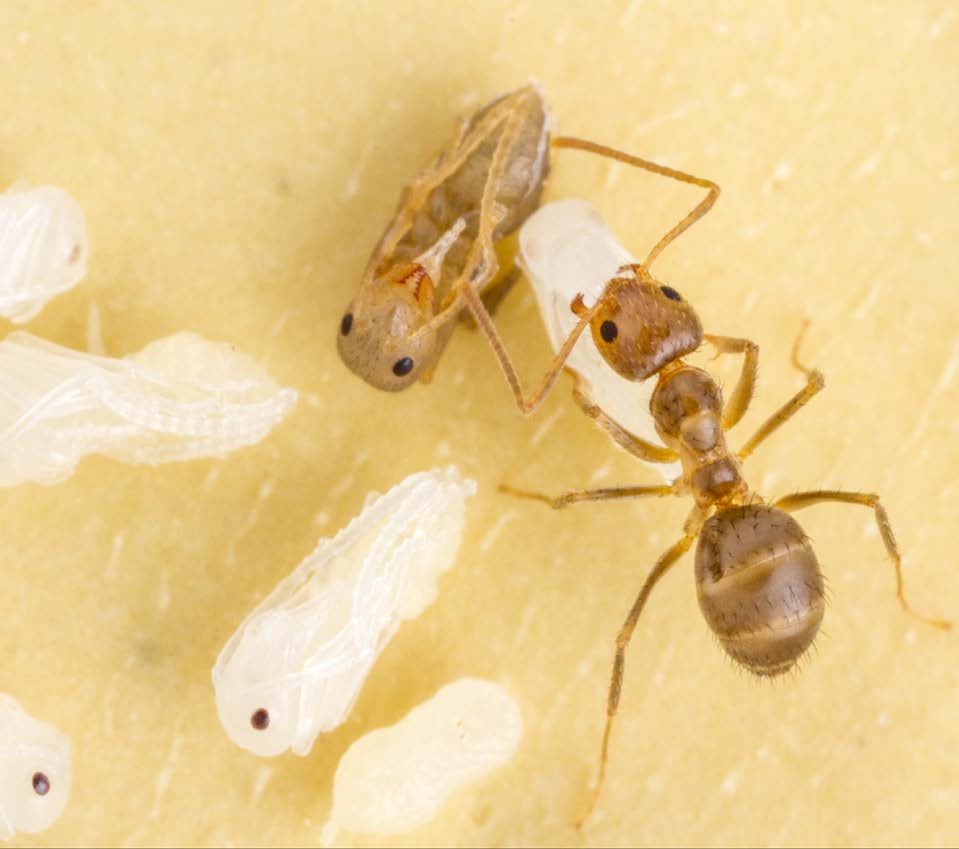
Tawny crazy ants dominate ecosystems they invade. Like European fire ants, they are known to attack many other animals they come into contact with and displace native ants. They also tend sap-sucking bugs that harm plants and spread plant diseases, invade homes and businesses where they can cause electrical malfunctions, spread pathogens in hospitals and harm livestock and crops.
We don’t know how they spread from their native range in South America into Central and North America. That in itself is cause for concern about their potential to invade subtropical eastern Australia, which climatic modelling has indicated is highly suitable for tawny crazy ants.
They would be difficult to eradicate. After tawny crazy ants were detected in Texas in 2002, they spread across intact floodplain forest and native pasturelands at an alarming rate. No satisfactory method for controlling them was found.
Western yellowjackets (Vespula pensylvanica)
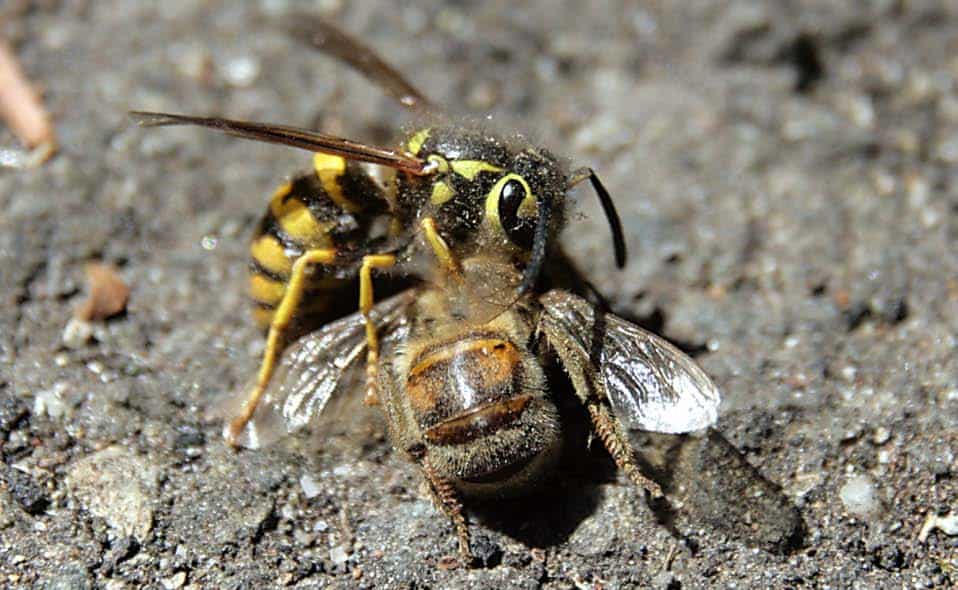
These wasps are native to North America and are an invasive species in Hawaii after being spread via traded plants and shipping containers.
Australia has already been invaded by two closely related species of wasps, the European wasp and the English wasp. Anyone who has experienced either will know how important it is to prevent a third from entering. European and English wasps are known pests on fruit farms, and there are fears their impacts on Tasmanian insects are so severe that species like the Ptunarra brown butterfly might not survive their onslaught.
Western yellowjackets would cause additional ecological harm by depleting the nectar of native plants, and interfering with native and commercial pollinators. They are reported to sting foresters, fruit pickers and harvesters.
Asian hornets (Vespa velutina)
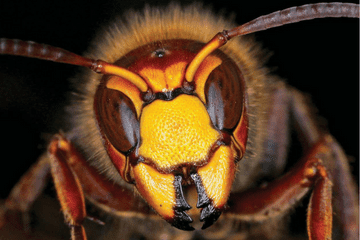
Having recently invaded Europe, Asian hornets have a major impact by feeding their larvae commercial honey bees and native wasps.
Native to Asia, they have a number of pathways into Australia, including via shipping containers, untreated wood, the soil of traded plants, cut flowers and fruit. Once established in a new area, Asian hornets are very effective at spreading into suitable habitat, reportedly increasing their range at a rate of around 20 – 100km per year in South Korea and France.
East African lowland honey bees (Apis mellifera scutellata)
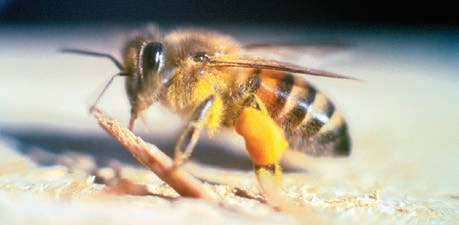
Also known as the Africanised honey bees or “killer bees”, these bees are a hybrid of a number of other species of honey bee.
Australia already suffers serious environmental harm from feral honey bees that commandeer tree hollows from animals like endangered Kangaroo Island glossy black cockatoos, compete for floral resources with native animals, reduce pollination rates of some native plants they visit and pollinate weeds. East African lowland honey bees can have all the same impacts, but are more successful in tropical climates, including rainforests, and are more aggressive.
Their arrival could therefore open up parts of northern Australia to feral honey bee impacts that we’ve managed to avoid to date. The propensity of East African lowland honey bees to exploit smaller hollows, attack native wildlife, sting humans more often, take over commercial honey bee hives and survive in a wider climatic range than their European counterparts means we can’t take their potential arrival lightly.
Strength in numbers
Within a decade, the number of containers of goods arriving in and leaving Australia is predicted to be almost triple the number a decade ago. We need a biosecurity system that is more than equal to the escalating risks it will face.
That’s why the Invasive Species Council, alongside a suite of prominent agricultural organisations, have been calling for a new sustainable funding model so biosecurity can be strengthened to prevent new invasive species like killer bees, eradicate recent arrivals like varroa mites and minimise additional harm caused by established invasive species like yellow crazy ants.
But we’ll also need your help. Most new invaders, including the polyphagous shot-hole borers found in WA late last year, are found by members of the public. It’s also much harder to detect species that have spread into the wild rather than into crops.
That means if Australia’s environment is going to stand the tests of time you’re going to need to be a part of the biosecurity system protecting it. Here’s how:
- Sign up to receive updates from our Decade of Biosecurity project dedicated to making all Australians a part of the country’s biosecurity system.
- Follow the Invasive Species Council on Facebook and/or Instagram to hear about the citizen science work we’re very excited to be about to launch.
More info:






